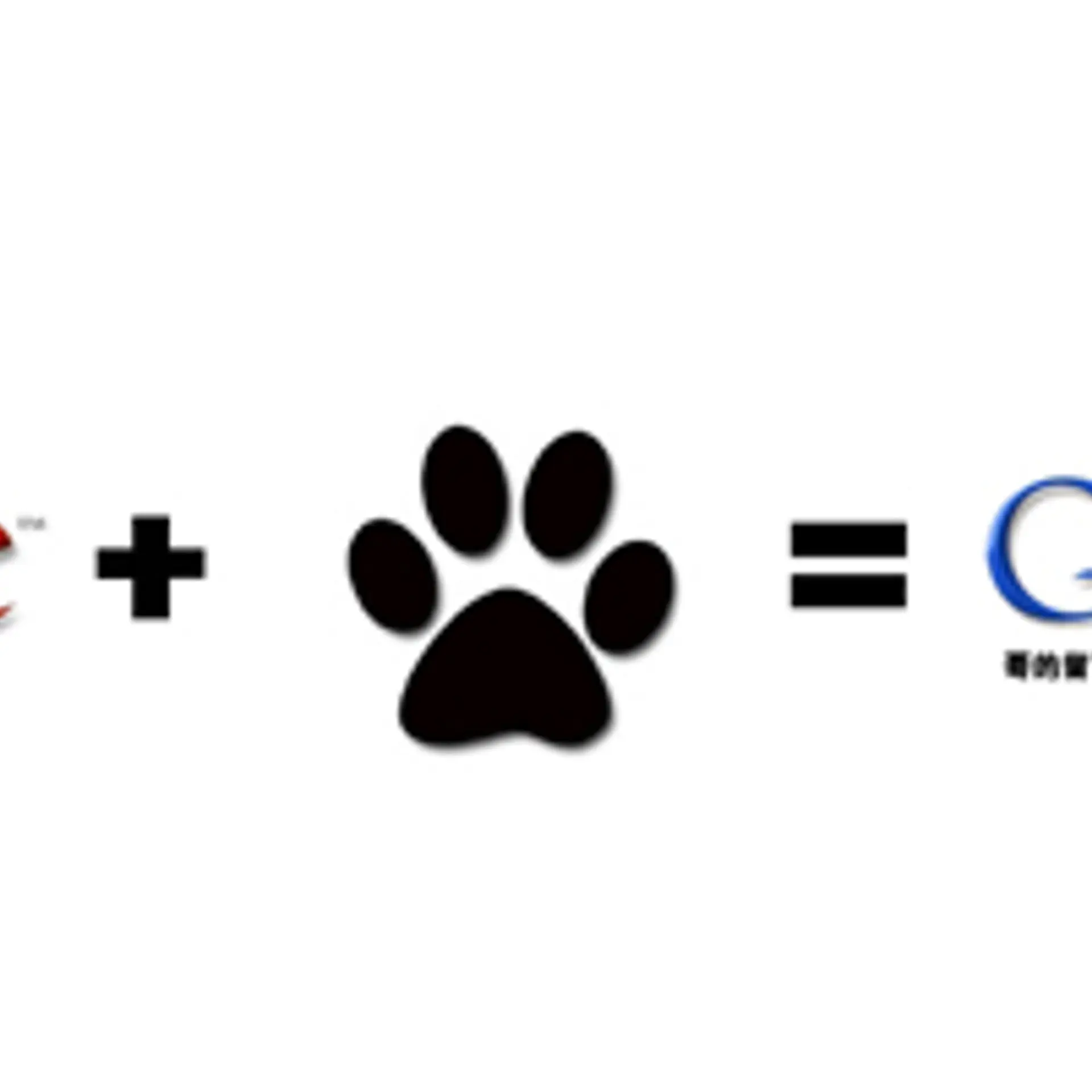

Agile marketing is a faster way to digital marketing success
Traditional digital marketing methods require months of planning and tedious efforts for promoting the business and achieve high conversion rate. Sometimes there will be instances where the plans that were made initially during the digital marketing process will be rendered redundant by the time they get executed.

What is Agile Marketing?
Agile marketing is working out the given project into smaller plans or chunks and achieving each one of them in minimal time frames of a week or two weeks called ‘Sprints’. It can also be termed as an effort based on data and analytics to source opportunities or solutions to problems, conducting tests, evaluating results and implementing decisions.
Some business organizations think that they are Agile because they follow stringent test methodologies or depend on cross-functional teams. But this is not true as ‘Agile Marketing’ requires adopting Agile methodologies completely throughout the process. The marketing department might not have the necessary coordination with the IT Department or the Finance Department or the Legal Department, which hinders the Agile process. The technology partners or the agency might not be in sync with the speed required for Agile processes. Hence, a company should have all the necessary infrastructure and facilities for conducting the entire Agile marketing process for improved business results.
Prerequisites for an Agile marketing team are:
The organization needs to focus on what needs to be achieved by using Agile marketing techniques.
Should have ample data and analytics and the right type of marketing technology infrastructure to support Agile marketing.
Senior market leaders of the organization should extend complete support to the shift towards Agile methodologies as there may be inevitable resistance.
Depending on the outcome expected from the Agile marketing team, its team members must be specialists in multiple functions, available round the clock, must be highly skilled, fast and are expected to have a host of other dynamic qualities.
This Agile team must have proper communication with other groups in the organization and should be able to reach them quickly.
Most Marketers avoid Agile methods because:
The organization might lack the necessary infrastructure to support Agile methodologies.
Employees may not have any training or knowledge regarding Agile processes.
Higher management may be too wary of trying a new approach.
Current methodologies might be working well according to the organization and the employees are not willing to accept anything new.
Lack of time is a major constraint which prevents the organizations from adopting new agile techniques.
Processes involved in Agile marketing are:
Adopting Agile culture
The first everything that the Agile marketing team will do is preparing itself for embracing the Agile culture. There is no room for delay and speed is something that matters the most. A high level of collaboration is expected from the team members and the usual ‘day to day hushing up’ is not entertained. Making decisions depending on solid data, working to attain simplicity and high level of accountability are the virtues that are encouraged among the team members.
Give results by analyzing data
Vast amounts of user data are collected through various channels in a business organization. In the next step, the Agile team analyzes these large amounts of data to skim useful insights, key advantages, weak points, issues, and opportunities. Each member of the team should give effective reports regarding the tasks that the member is going to do the next day and should educate the team manager regarding how much is achieved from the previous day’s promise list. This method helps the team to achieve targets faster and get the desired results.
Arriving at Hypothesis
When analyzing the data and identifying the problems and issues, the team devises ways to improve the experience or solve the problem. Each such hypothesis is subjected to testing in order to derive key performance indicators. Once all the probable tests are conducted the ideas are divided into two categories namely ideas having high business impact and ideas that are easy to implement. High priority ideas are pushed to the top of the list for immediate execution for a stronger and positive business impact.
Change the course of action
The Agile team runs the project in sprints (a cycle of one or two weeks) and tests the entire process for any loopholes. It analyzes whether an offer on a particular product segment is working or not and whether a call to action is bringing in the necessary conversions or not and so on. At this stage, the team should operate with high efficiency and should have short and sweet meetings, which are to the point and should not curtail the speed of the team.
Result-oriented approach
The various tests for arriving at fruitful results are conducted in sprints and after each sprint, the scrum master reviews the various tests for their outcomes. After analyzing them, the scrum master decides on scaling up the tests which have given fast & positive results and killing the tests with a negative outcome. At the end of each sprint, the agile team conducts a meeting to incorporate the lessons learned and inform the stakeholders regarding the results. The scrum master will prepare a contingency plan after each sprint to assimilate positives and discard negatives based on the results of each test involved in the process for the next sprint.
We can come to the conclusion that agile marketing method is the most polished, accurate and quick way of getting desired marketing results like increased conversion rates, brand recognition, and highest ROI.






